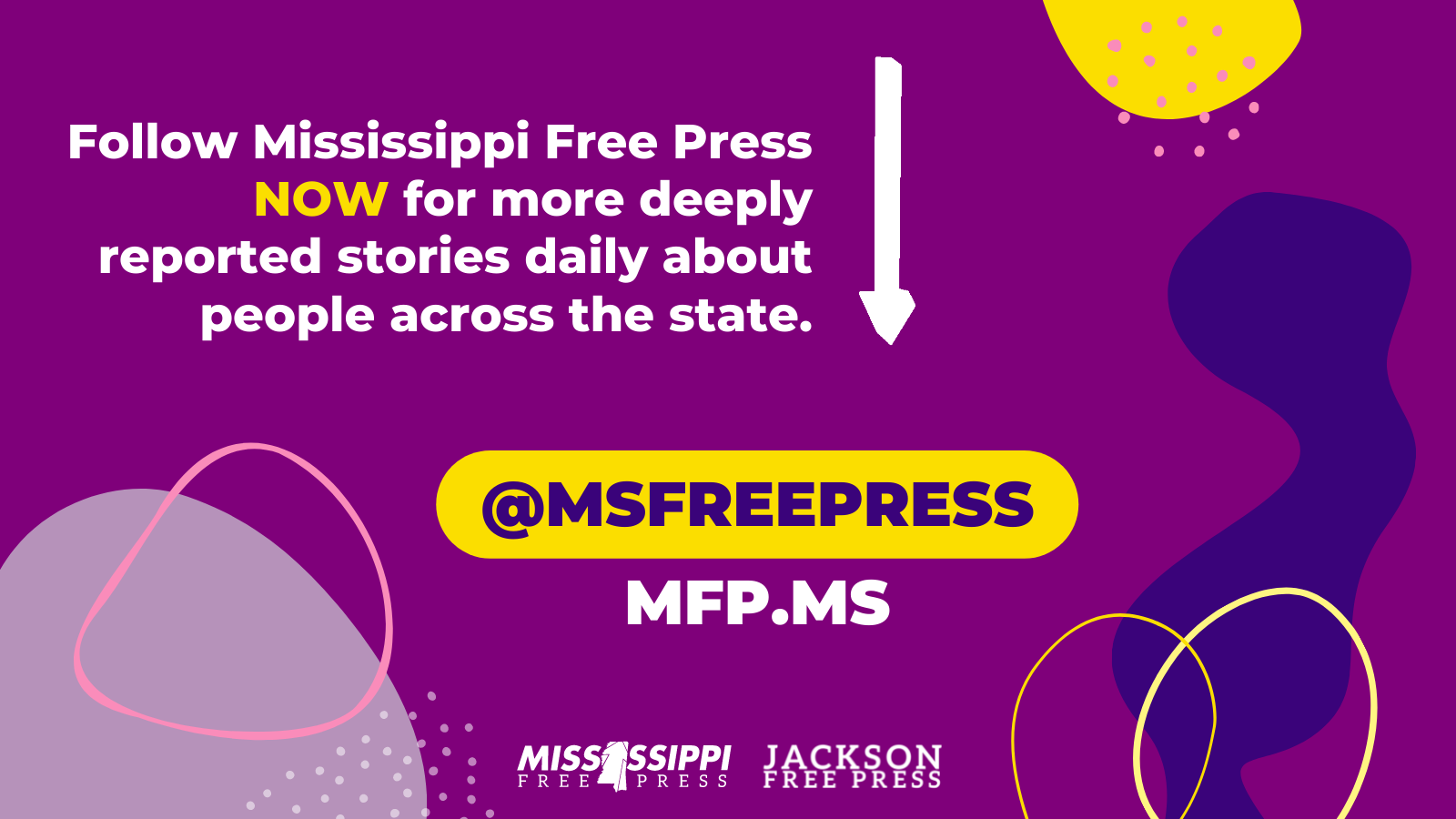*Updated*
Defense attorneys started the morning off by raising objections to the testimony of Charles Marcus Edwards, the prosecution's star witness, based on footage shown on MSNBC this weekend of a Canadian Broadcasting Corp. television documentary about the case. In the afternoon, they used footage from the film to try to chip away at Edwards' credibility.
Public Defender Kathy Nester told the judge outside the presence of the jury that the film shows that Edwards was given a copy of FBI informant Ernest Gilbert's statements a year ago by Thomas Moore and David Ridgen. Defense also questioned U.S. Attorney Dunn Lampton's role in providing that statement to Edwards. The film indicates that Moore and Ridgen told Lampton about giving Edwards the document after the fact and implies that Edwards came forward to testify based on that encounter. Today, Edwards told the judge that he tore up the file without reading it; Moore told the judge that Lampton had told him and Ridgen not to give Edwards the statement—statements that helped negate possible damage from the fact that the two men gave Edwards the statement.
However, when Edwards and the jury returned after lunch, Nester asked Edwards if he had remembered speaking to Moore on the steps of his church last year. He said he did, and then she asked if had told them that he had nothing to do with the murders. He said he had not said that.
Then Nester asked the judge to allow the jury to see the portion of the documentary where Edwards had first told Moore that he did not kill his brother, following up with "I had nothing to do with that." That footage contradicted his testimony that he had not made such a statement.
However, the prosecution did damage control on re-direct, drawing out of Edwards that he meant that he had "nothing to do with" the murders, but not the kidnapping.
In the rest of her re-direct of Edwards, prosecutor Paige Fitzgerald read him a long list of facts from his testimony last week that had not been reported by any media, or that he had not seen or read in media reports, attempting to show that he did not take the details from media statements.
After Edwards' testimony, the government argued that they should be able to call Clarion-Ledger reporter Jerry Mitchell due to an article he published on Jan. 23, 2000 containing statements by Seale. Clarion-Ledger attorney Leonard Van Slyke argued that Mitchell should have qualified immunity protecting him from testifying and offered to stipulate for the record that the statements were made. He argued that compelling reporters to testify has a "chilling effect" on journalism, pointing to Mitchell's civil-rights work as an example.
"It's very likely that we wouldn't be in this courtroom today if it weren't for Mr. Mitchell's work," Van Slyke said.
The defense objected to the stipulation, though, with Nester saying that she wanted to question Mitchell on cross-examination. Several years ago, Mitchell had reported that Seale was no longer alive.
The judge was leaning away from The Clarion-Ledger's argument, but was ultimately convinced to not allow Mitchell to testify because he rejected U.S. Attorney Dunn Lampton's arguments that the vague statements Seale made to Mitchell in 2000 were not relevant to the government's case.
Previous Commentsshow
What's this?More like this story
More stories by this author
- EDITOR'S NOTE: 19 Years of Love, Hope, Miss S, Dr. S and Never, Ever Giving Up
- EDITOR'S NOTE: Systemic Racism Created Jackson’s Violence; More Policing Cannot Stop It
- Rest in Peace, Ronni Mott: Your Journalism Saved Lives. This I Know.
- EDITOR'S NOTE: Rest Well, Gov. Winter. We Will Keep Your Fire Burning.
- EDITOR'S NOTE: Truth and Journalism on the Front Lines of COVID-19


Comments
Use the comment form below to begin a discussion about this content.